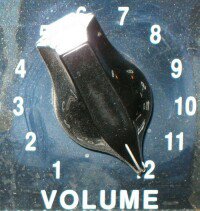
What the IU researchers found in their study, "Villains, Victims and Virtuous in Bill O'Reilly's 'No Spin Zone': Revisiting World War Propaganda Techniques," was that he was prone to inject fear into his commentaries and quick to resort to name-calling. He also frequently assigned roles or attributes -- such as "villains" or downright "evil" -- to people and groups.
Using analysis techniques first developed in the 1930s by the Institute for Propaganda Analysis, Conway, Grabe and Grieves found that O'Reilly employed six of the seven propaganda devices nearly 13 times each minute in his editorials. His editorials also are presented on his Web site and in his newspaper columns.
The seven propaganda devices include:
Name calling -- giving something a bad label to make the audience reject it without examining the evidence;Glittering generalities -- the opposite of name calling;
Card stacking -- the selective use of facts and half-truths;
Bandwagon -- appeals to the desire, common to most of us, to follow the crowd;
Plain folks -- an attempt to convince an audience that they, and their ideas, are "of the people";
Transfer -- carries over the authority, sanction and prestige of something we respect or dispute to something the speaker would want us to accept; and
Testimonials -- involving a respected (or disrespected) person endorsing or rejecting an idea or person.
The same techniques were used during the late 1930s to study another prominent voice in a war-era, Father Charles Coughlin. His sermons evolved into a darker message of anti-Semitism and fascism, and he became a defender of Hitler and Mussolini. In this study, O'Reilly is a heavier and less-nuanced user of the propaganda devices than Coughlin.






No comments:
Post a Comment